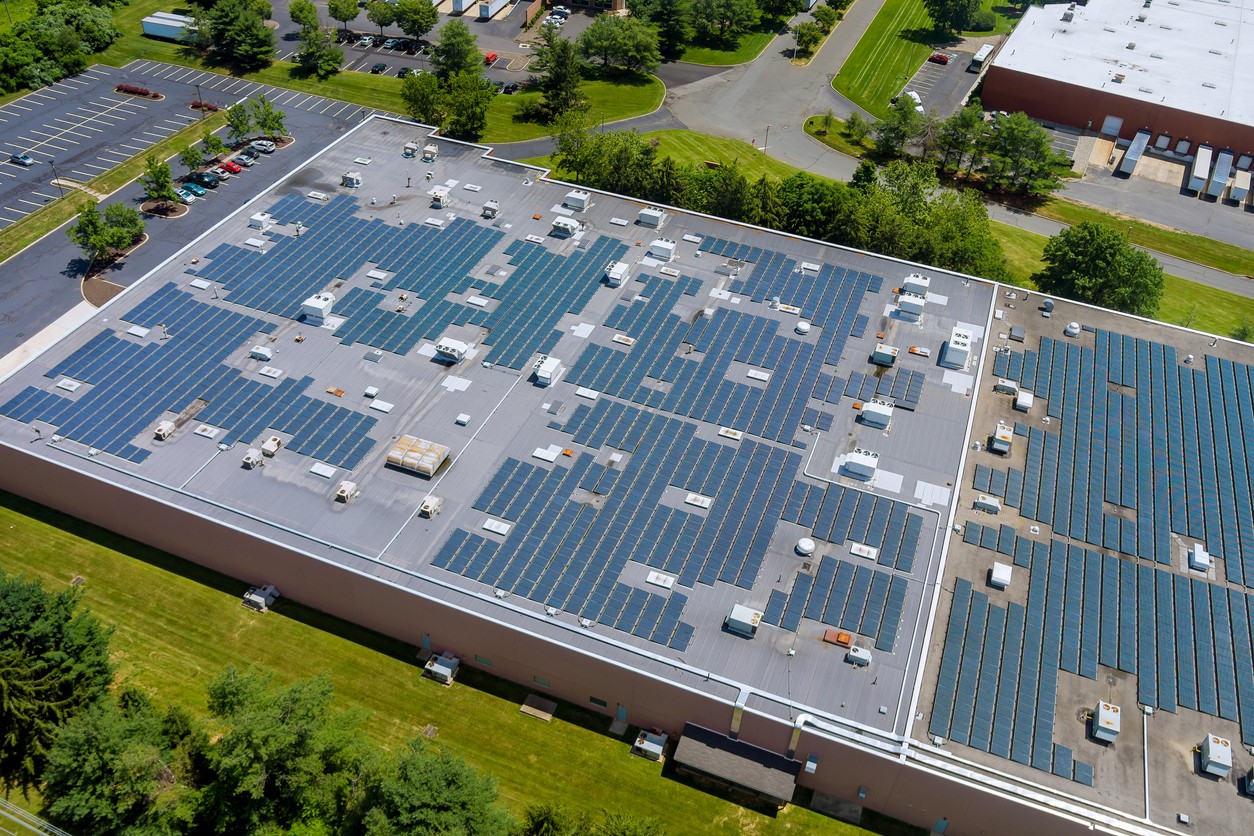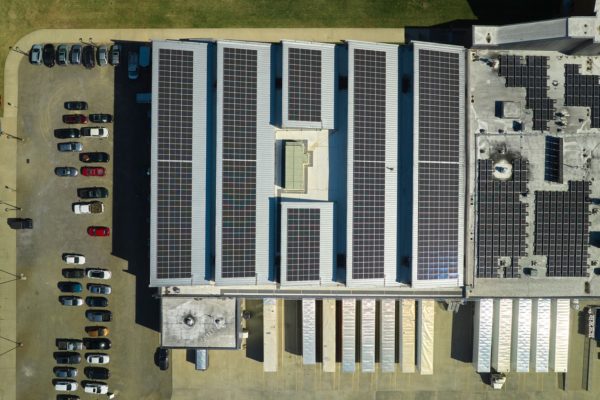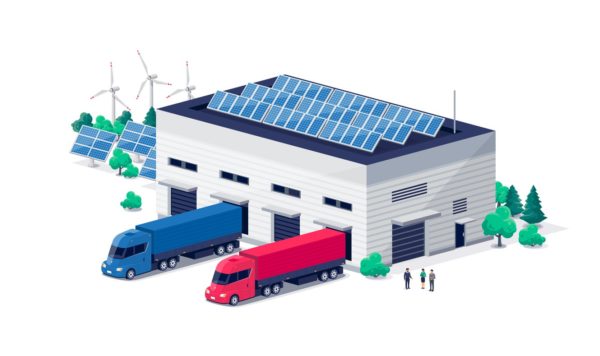
The South Coast Air Quality Management District (AQMD) established the Warehouse Actions and Investments to Reduce Emissions (WAIRE) Program, a menu-based point system that governs warehouse owners and operators for various acts. One of the program’s primary goals is to ensure warehouse owners and operators use the least energy and equipment while reducing nitrogen and diesel emissions. Since this initiative is still in its infancy, many people need to know what it entails and what makes it important.
Learn more about WAIRE and its growing significance, including how it operates, why warehouse owners and operators should adhere to it, and how to calculate WAIRE Program fees.
Purpose of the WAIRE Program
The main goal of the WAIRE Program— also known as Rule 2305— is to reduce hazardous emissions from important counties, including Riverside, Los Angeles, and Orange. With the help of this initiative, California counties will be able to oversee local and regional warehouses to make sure they only utilize eco-friendly alternatives. The South Coast Air Quality Management District’s quality criteria must be met by the substitutes employed by the warehouse owners and operators.
Any warehouse with a size of 100,000 square feet in a single building can be modulated by the WAIRE software. This program’s reporting and compliance requirements are fully met by close to 3000 facility owners and 4000 logistics providers. Several owners and employees need help to adhere to WAIRE because they require sustainable energy-powered vehicles. They must operate vehicles and deliver refrigeration equipment with zero emissions to safeguard the environment.
This initiative rewards warehouse owners and operators with points when they switch to environmentally friendly transportation methods. They will also get points for every journey they take in an emission-friendly truck. The SCAQMD knows that moving to eco-friendly operations would cost warehouse business owners significant sums of money. This is why in exchange for achieving compliance, SCAQMD also offers them the chance to purchase WAIRE points with the help of a mitigation charge.
WAIRE urges anybody who owns or maintains a storehouse to reduce nitrogen emissions because the South Coast has the worst air condition in the United States. There is a good likelihood that emissions might decrease by 10 to 15% by 2031 if warehouse facilities comply and SCAQMD maintains its efforts to improve the South Coast’s air quality.
Point System and Fees of the WAIRE Program
The South Coast AQMD strictly controls warehouse owners and operators, requiring them to adhere to a point system to reduce dangerous energy emissions. When choosing equipment that produces alternative energy, these people will receive certain points each year.
As mentioned above, one of the best ways to gain WAIRE points is by paying a mitigation charge. However, if you want to spend less on fees, you can either adhere to the various WAIRE Program actions or carry out tasks under a site-specific WAIRE plan that have been authorized.
If warehouse facilities adopt zero-emission trucks and vehicles, the South Coast Air Quality Management District offers savings benefits. Gaining extra points can also enable you to receive additional benefits, such as transferring part of your points to other locations or saving the excess points for a future date.
The formula below determines how many WAIRE points a warehouse operator has to accumulate throughout the relevant compliance period.
𝑊𝑃𝐶𝑂 = 𝑊𝐴𝑇𝑇𝑠 × 𝑆𝑡𝑟𝑖𝑛𝑔𝑒𝑛𝑐𝑦 × ( 𝐴𝑛𝑛𝑢𝑎𝑙 𝑉𝑎𝑟𝑖𝑎𝑏𝑙𝑒)
In this equation, WPCO, or WAIRE points compliance obligation refers to the number of points a WAIRE house operator has to earn annually. WATTs is the Weighted Annual Truck Trips or the number of trips a truck completes in a calendar year, and stringency is 0.0025 WAIRE points per WATT.
WATTs at a warehouse consist of all actual truck trips that took place there during the compliance period while the warehouse operator was in charge of overseeing warehousing operations. WATTs are only computed for truck journeys to or from one warehouse operator. According to the WAIRE Program Implementation Guidelines, the warehouse operator must gather real truck monitoring data and evaluate a warehouse using techniques that provide a verifiable and accurate record.
Compliance Timeline
This decision is anticipated to affect 3,995 warehouse operators and 2,902 warehouse owners along the South Coast of California. The business viability of renewable energy fleets will be a significant obstacle to adherence for owners and managers. The maximum WAIRE point value for emission-friendly vehicles in not yet available. Medium to heavy freight environmentally favorable vehicles have not been widely accessible until 2021 and 2022, whereas Class 4-7 zero and net emission trucks are now commercially available as distribution and mass transit vehicles.
These warehouse owners and warehouse operators are expected to be impacted by this choice. A major barrier to compliance for managers and owners will be the commercial feasibility of renewable energy fleets. There currently needs to be more information on the optimum WAIRE point value for automobiles that reduce emissions.
Once warehouse proprietors and managers have emission-friendly transportation, they may receive points for every trip an emissions-friendly vehicle makes to or from their facility.
The alternative for warehouse operators or owners seeking compliance is to buy the required number of WAIRE points under the “mitigation fee alone” option. The SCAQMD Board estimates that this method would cost warehouse operators and owners around $.83/SF in the program’s first year, making it the most costly option.
This decision aims to cut pollutants in one of the worst air quality areas. According to Source Regulation 2305 proponents, by 2031, nitrogen oxide emissions will have decreased by 10-15% as a result of this rule. With this decrease, the region will be able to adhere to the EPA’s current, federally imposed air quality guidelines. For more information on WAIRE, click here.
Making The WAIRE Point System Work
A certain number of points must be earned by warehouse operators annually under the menu-based point system of the WAIRE Program. You can receive these points if you select and carry out any activity offered in the WAIRE menu. You must complete the various tasks listed in a site-specific and, most crucially, authorized WAIRE plan. Last but not least, you’ll need to ensure that you pay an emissions mitigation fee (EMF).
A warehouse can perform many activities to earn points and these are all listed in great detail on the WAIRE menu. In contrast, if you are an operator who chooses to pay the mitigation fee, the funds associated with that decision will be divvied up in the form of rewards for other technologies, such as zero-emission vehicles and vehicles with low emissions. You can also enjoy fueling and charging station availability in close by areas.
If a person gets more points than necessary for their compliance period, they can transfer the additional points to another warehouse they manage or preserve them for the future. Selling the extra points to third parties is not permitted, however.
Alternative Energy That WAIRE Accepts
Clean energy is generated using renewable natural resources or methods by alternative energy generation equipment. For example, their availability is determined by the season and natural elements.
Solar Energy
When compared to other energy sources, solar energy is nearly innocuous. Most significantly, renewable energy does not emit greenhouse gases or contaminate water, making it an excellent choice for practically any business capable of installing solar energy equipment. The most amazing aspect of solar energy technology is that it requires little maintenance, making it reasonably inexpensive.
This energy source also produces minimal noise pollution, making it particularly suitable for metropolitan settings. Solar energy has been used for many years to cultivate crops, dry food, and keep warm. An hour of energy absorbed by the planet would power the entire world for a year. This is why many companies have abandoned their local utility provider’s electricity in favor of solar energy.
Wind Energy
Many argue that deploying wind turbines makes little sense in light of recent technological breakthroughs. Wind turbine blades move with the wind and charge power generators, allowing wind energy to become an attractive alternative for warehouse managers.
Believe it or not, wind energy is a very cheap energy source in the United States, accounting for around 10% of total power generation. Installing wind turbines can assist warehouse operators by reducing and potentially eliminating hazardous pollutants, however solar is a better option.
Commercial Solar Energy Solutions from Coldwell Solar
Coldwell Solar delivers solar energy solutions to warehouses, allowing them to satisfy WAIRE implementation criteria easily. Using alternative energy-producing equipment may greatly reduce nitrogen emissions, assisting in the gradual improvement of the environment. As a result, Southern California based warehouses are implementing solar-powered energy sources.
After discussing your needs with us, our specialists will devise a well-thought-out strategy for your specific warehouse, guaranteeing that it can satisfy the WAIRE Program’s standards in the shortest amount of time. Contact us today to get started!





